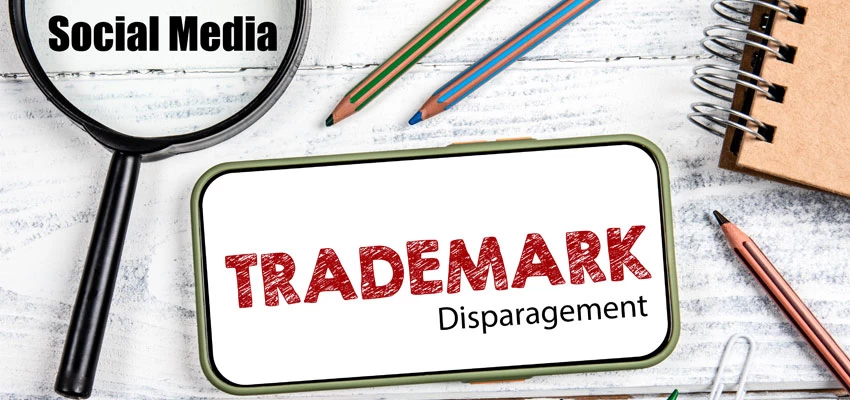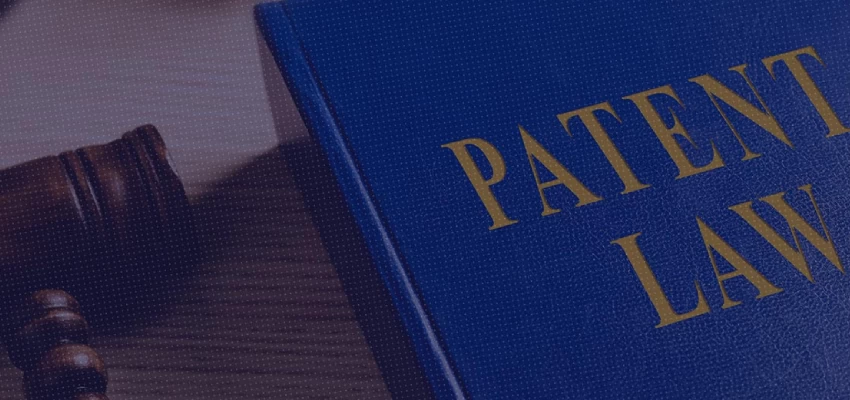Introduction
Section 34 of the Trade Marks Act, 1999 (‘Act’) provides certain rights to the prior user of a mark in relation to the goods and services sold/offered under the mark. Further, based on said use of the mark by the prior user, any subsequent registered user of the registered trademark in relation to the identical/similar goods or services is not allowed to exercise its rights as conferred under Section 28 of the Act. Thus, Section 34 acts as an exception to Section 28 of the Act.
The above principle has also been recognized by the Indian Courts in several of their judgments wherein it has been concluded that rights of the prior user in relation to the goods/services are superior to the rights of the registered proprietor in relation to the identical/similar goods/services. A few of the landmark judgments throwing light on said principle are discussed in the later part of this article.
Rights of the registered proprietor under Section 28
As per Section 28, it is clear that the registered proprietor of a trademark will be vested with exclusive rights to use the trademark in relation to the goods/services, stop other parties using the identical or similar mark being used in relation to the identical/similar goods/services. However, Section 34 of the Act stands as an exception to the aforesaid exclusive rights of the registered proprietor and protects the rights of the prior user in a mark used in relation to the identical/similar goods/services as that of the registered proprietor.
Protection of the rights of the prior user under Section 34
Section 34 clearly provides that the rights of a prior user shall be protected under the Act from being violated by a registered user, i.e., the registered proprietor of an identical or deceptively similar mark granted registration for identical/similar goods/services. The rights of a prior user of the mark are thus kept on a higher ground than that of the registered proprietor of a trademark who was granted registration later. However, in order to benefit from the provisions under Section 34, the prior user needs to meet the following key requirements:
- The trademark must be ‘used’ by the owner to qualify as the prior user;
- The trademark must be in continuous use within the geographical boundaries of India by its owner;
- The use of the trademark must be in relation to the goods or services covered in the application by the registered proprietor; and
- The trademark must be in use from a prior date as compared to the date of use by the subsequent user/ registered proprietor.
Meaning of ‘use’, ‘user date’ and their relevance
‘Use’ refers to the continuous use of a trademark in relation to the goods or services for which the trademark is applied. User date is the date from which the trademark is actually being used in trade with respect to the goods or services. Mere adoption, (creation of the mark for future use) is not enough to claim use/right over the mark.
In determining whether the ‘use’ requirements are satisfied, the Courts consider the following:
- Date of adoption of the mark and when it was put to use;
- Whether there is an actual sale of the applied goods/services under the trademark;
- Relevance of the use of the trademark in relation to the non-sales activity, inter-alia, promotion/advertisement of the goods/services under the trademark, the samples of goods distributed under the mark for collecting the consumer/customer’s feedback; and other similar activities which might establish whether a good/service has actually been rendered in commerce under the trademark and known to the public.
A few examples of evidentiary documentation that can be used in establishing the use of the trademark in commerce
- Documents evidencing advertising expenditure vis-à-vis goods/services under the trademark;
- Sales turnover of goods/services under the trademark;
- Brochures, purchase orders, invoices for the sale/purchase of the goods/services under the trademark;
- Domain names and websites reflecting the use of the trademark vis-à-vis goods/services.
Judicial viewpoints on the provision as conferred in Section 34
Through the years and through various judgments, the Indian Courts have settled on the principle that prior use, if proven, trumps the rights of the registered trademarks.
Following are some of the landmark judgments decided by various Courts in India:
Toyota Jidosha Kubushiki Kaisha v. Prius Auto Industries Ltd. and Ors.[1]
The Supreme Court of India in the landmark case of Toyota Jidosha Kubushiki Kaisha v. Prius Auto Industries Ltd. and Ors. held that the prior use, if not in the same territory as the Defendant and the jurisdiction of the passing off action, cannot be claimed as prior use.
In the above case, Toyota filed a suit of infringement against Prius Auto Industries Ltd., for using the mark PRIUS when Toyota was a prior adopter and user of the mark since 1997. However, based on the documents produced before the Court by Toyota, it was observed that Toyota did not start using the mark PRIUS in India until 2010 which was after the use of the same by Prius Auto Industries in 2006. Thus, the Court concluded that Prius Auto Industries had all the rights to use the mark PRIUS in India without any interruptions.
Sociétédes Produits Nestlé, S.A and Another v. Kaira District Cooperative Milk Producers Union Ltd. and Another[2]
In this case, the Division Bench of the High court decided in favour of Nestle, the Appellants, giving them the rights to use the mark ‘A+’ for milk and milk products under class 29 even though Kaira was a registered proprietor for an identical mark ‘A+’ in the same class, i.e. class 29.
In the above case, Nestle was assigned the mark ‘A+’ by an individual proprietor for use under Class 29 and Kaira was using an identical mark ‘A+’ for cheese under the same class.
In the appeal to the Division Bench of the High Court of Delhi, Nestle contended that they were prior users of the mark and submitted evidence showing the prior use of the mark by themselves and by the assignor as well. Despite having multiple opportunities, Kaira failed to show their prior use of the mark. Accordingly, the Division Bench set aside the order of status quo against Nestle while maintaining the same against Kaira.
Conclusion
While the trademark registration act as prima facie evidence of the ownership, the bona fide use of the trademark in parallel to the registration is equally important.
Many times, companies/individuals despite having used the trademark prior to filing an application for registration are forced to file the application on ‘proposed to be used’ basis due to lack of proper documents or records evidentiary of the use. This results in the loss of the priority in claiming rights vested under Section 34 of the Act and/or inability to stop any subsequent user of the identical/similar mark for the identical/similar goods/services.
Thus, it is strongly recommended to maintain proper records of the use of the trademark from the date, the trademark is put to use in relation to the goods/services as the use of the trademark plays a vital role in safeguarding the rights of the user in the trademark.
[The first author is a Senior Associate while second and third authors are Joint Partners in IPR Team at Lakshmikumaran & Sridharan Attorneys, New Delhi]
- [1] CIVIL APPEAL NOs.5375-5377 OF 2017
- [2] FAO (OS) (COMM) 34/2018











